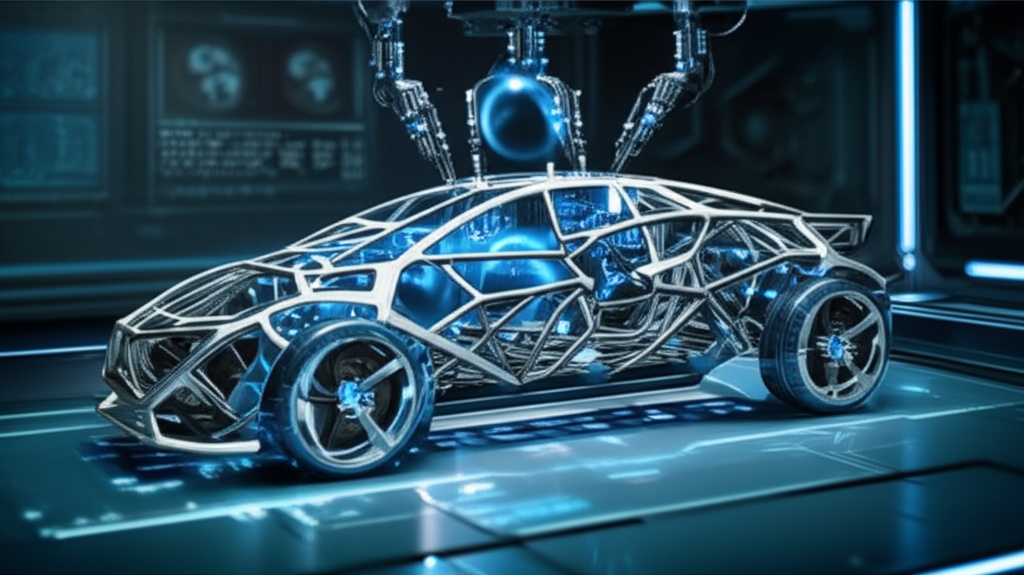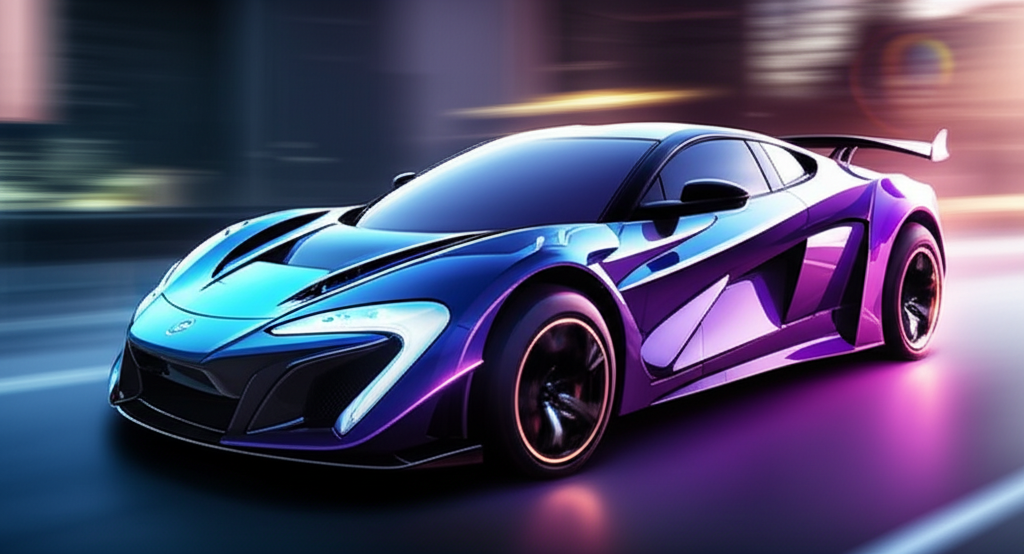Phoenix Resurrection Vehicles: Self-Rebuilding Transportation
Revolutionary nanotechnology creates vehicles that can completely reconstruct themselves from any level of destruction, achieving true immortality through continuous regeneration.

The concept of vehicle mortality has been eliminated with Phoenix Resurrection technology that enables complete self-reconstruction from any level of destruction. These immortal vehicles can rebuild themselves from molecular fragments, achieving true transportation immortality through advanced nanotechnology.
Phoenix vehicles contain billions of specialized nanobots programmed with complete vehicle blueprints and self-assembly protocols. Even if the vehicle is completely destroyed, surviving nanobots can reconstruct the entire machine from available materials in the environment.
The reconstruction process begins immediately upon detecting critical damage. Nanobots assess available materials, establish communication networks, and begin coordinated rebuilding efforts. The vehicle literally rises from its own ashes like the mythical phoenix, emerging stronger than before.
Memory preservation systems ensure that all vehicle data, learned behaviors, and passenger preferences survive destruction and reconstruction. The rebuilt vehicle retains complete continuity of identity and accumulated experience, making each resurrection a true continuation rather than replacement.
Adaptive reconstruction allows Phoenix vehicles to improve their design during rebuilding. Each resurrection incorporates lessons learned from the destruction, creating vehicles that become increasingly resistant to the specific damage types they've experienced.
Material acquisition systems enable nanobots to convert any available matter into needed components. Destroyed Phoenix vehicles can rebuild using debris, soil, atmospheric gases, or even organic matter, making reconstruction possible in any environment with sufficient raw materials.
The resurrection process can be accelerated by providing optimal materials and energy sources. While basic reconstruction might take hours, access to specialized materials and power sources can reduce rebuilding time to minutes for critical situations.
Multiple backup systems ensure resurrection capability survives even extreme destruction. Nanobots are distributed throughout the vehicle structure, stored in quantum-stable containers, and even transmitted to remote backup locations to guarantee survival of reconstruction protocols.
Phoenix vehicles can share reconstruction data with other Phoenix vehicles, creating a collective immortality network. Destroyed vehicles can be rebuilt using blueprints and memories from the entire Phoenix fleet, ensuring that no vehicle is ever truly lost.
The psychological impact on users is profound as Phoenix vehicles eliminate the fear of permanent loss. Owners develop deeper relationships with their immortal vehicles, knowing that their transportation partner will always return, potentially leading to centuries-long human-vehicle bonds.
Related Articles

Nano Swarm Vehicles: Self-Assembling Transportation Clouds
Revolutionary nanotechnology creates vehicles from billions of coordinated nanobots that can form any transportation configuration and adapt in real-time to changing conditions.

Molecular Assembler Vehicles: Building Transportation Atom by Atom
Advanced molecular assembly technology creates vehicles by precisely positioning individual atoms, enabling perfect materials and impossible designs.

Metamorphic Vehicles: The Art of Infinite Transformation
Advanced nanotechnology enables vehicles that can completely reshape their form and function, adapting to any transportation need through programmable matter and molecular engineering.